4-DIMETHYLAMINO-2-METHYLAZOBENZENE
Synonym(s):N,N-Dimethyl-4-phenylazo-m-toluidine
- CAS NO.:54-88-6
- Empirical Formula: C15H17N3
- Molecular Weight: 239.32
- MDL number: MFCD00008306
- EINECS: 200-217-2
- SAFETY DATA SHEET (SDS)
- Update Date: 2024-12-18 14:15:30
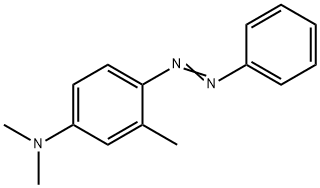
What is 4-DIMETHYLAMINO-2-METHYLAZOBENZENE?
Chemical properties
orange crystalline solid
The Uses of 4-DIMETHYLAMINO-2-METHYLAZOBENZENE
4-?Dimethylamino-?2-?methylazobenzene is an azo dye. Dyes and metabolites.
What are the applications of Application
4-Dimethylamino-2-methylazobenzene is a stain also known as N,N-Dimethyl-4-phenylazo-m-toluidine
General Description
Red-orange crystalline solid.
Air & Water Reactions
Dust can be explosive when suspended in air at specific concentrations. Insoluble in water.
Reactivity Profile
4-DIMETHYLAMINO-2-METHYLAZOBENZENE is an azo compound. Azo, diazo, azido compounds can detonate. This applies in particular to organic azides that have been sensitized by the addition of metal salts or strong acids. Toxic gases are formed by mixing materials of this class with acids, aldehydes, amides, carbamates, cyanides, inorganic fluorides, halogenated organics, isocyanates, ketones, metals, nitrides, peroxides, phenols, epoxides, acyl halides, and strong oxidizing or reducing agents. Flammable gases are formed by mixing materials in this group with alkali metals. Explosive combination can occur with strong oxidizing agents, metal salts, peroxides, and sulfides.
Properties of 4-DIMETHYLAMINO-2-METHYLAZOBENZENE
| Melting point: | 67-69 °C(lit.) |
| Boiling point: | 150 °C / 16mmHg |
| Density | 1.1092 (rough estimate) |
| refractive index | 1.5610 (estimate) |
| solubility | Solubility Practically insoluble in water; soluble in ethanol, acetone |
| form | crystals |
| pka | 3.68(at 25℃) |
| color | Red-orange |
| PH Range | Red (2.8) to yellow (4.4) |
| λmax | 420nm |
| Stability: | Stable. Incompatible with strong acids, strong oxidizing agents. |
| Major Application | Nematocides, as diagnostic agent for diseases related with amyloid accumulation, hepatocarcinogenesis |
| EPA Substance Registry System | 2-Methyl-4-(dimethylamino)azobenzene (54-88-6) |
Safety information for 4-DIMETHYLAMINO-2-METHYLAZOBENZENE
| Signal word | Warning |
| Pictogram(s) |
 Exclamation Mark Irritant GHS07  Health Hazard GHS08 |
| GHS Hazard Statements |
H302:Acute toxicity,oral H351:Carcinogenicity H413:Hazardous to the aquatic environment, long-term hazard |
| Precautionary Statement Codes |
P201:Obtain special instructions before use. P273:Avoid release to the environment. P308+P313:IF exposed or concerned: Get medical advice/attention. |
Computed Descriptors for 4-DIMETHYLAMINO-2-METHYLAZOBENZENE
New Products
4-Fluorophenylacetic acid 4-Methylphenylacetic acid N-Boc-D-alaninol N-BOC-D/L-ALANINOL Tert-butyl bis(2-chloroethyl)carbamate 3-Morpholino-1-(4-nitrophenyl)-5,6-dihydropyridin- 2(1H)-one Furan-2,5-Dicarboxylic Acid Tropic acid S-2-CHLORO PROPIONIC ACID ETHYL ISOCYANOACETATE 2-Bromo-1,3-Bis(Dimethylamino)Trimethinium Hexafluorophosphate (6-METHYL-[1,3]DITHIOLO[4,5-b]QUINOXALIN-2-ONE INDAZOLE-3-CARBOXYLIC ACID 4-IODO BENZOIC ACID (2-Hydroxyphenyl)acetonitrile 4-Bromopyrazole 5,6-Dimethoxyindanone 2-(Cyanocyclohexyl)acetic acid 4-methoxy-3,5-dinitropyridine 2-aminopropyl benzoate hydrochloride 1-(4-(aminomethyl)benzyl)urea hydrochloride diethyl 2-(2-((tertbutoxycarbonyl)amino) ethyl)malonate tert-butyl 4- (ureidomethyl)benzylcarbamate Ethyl-2-chloro((4-methoxyphenyl)hydrazono)acetateRelated products of tetrahydrofuran
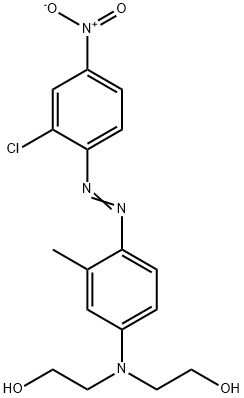
![2-[[4-(diethylamino)-2-methylphenyl]azo]-5-methylbenzene-1,3-dicarbonitrile](https://img.chemicalbook.in/CAS/GIF/75198-96-8.gif)
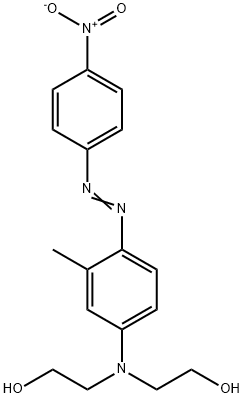
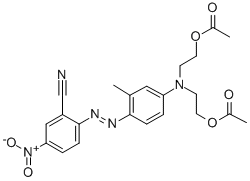

![N,N-diethyl-4-[[4-[(p-nitrophenyl)azo]-1-naphthyl]azo]-m-toluidine](https://img.chemicalbook.in/CAS/GIF/34446-26-9.gif)
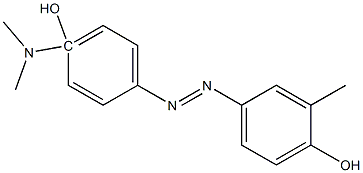
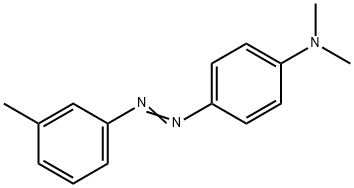
You may like
-
 4-(Dimethylamino)-2-methylazobenzene CAS 54-88-6View Details
4-(Dimethylamino)-2-methylazobenzene CAS 54-88-6View Details
54-88-6 -
 2033-24-1 98%View Details
2033-24-1 98%View Details
2033-24-1 -
 1975-50-4 98%View Details
1975-50-4 98%View Details
1975-50-4 -
 2-HYDROXY BENZYL ALCOHOL 98%View Details
2-HYDROXY BENZYL ALCOHOL 98%View Details
90-01-7 -
 2-Chloro-1,3-Bis(Dimethylamino)Trimethinium Hexafluorophosphate 221615-75-4 98%View Details
2-Chloro-1,3-Bis(Dimethylamino)Trimethinium Hexafluorophosphate 221615-75-4 98%View Details
221615-75-4 -
 61397-56-6 CIS BROMO BENZOATE 98%View Details
61397-56-6 CIS BROMO BENZOATE 98%View Details
61397-56-6 -
 14714-50-2 (2-Hydroxyphenyl)acetonitrile 98+View Details
14714-50-2 (2-Hydroxyphenyl)acetonitrile 98+View Details
14714-50-2 -
 118753-70-1 98+View Details
118753-70-1 98+View Details
118753-70-1